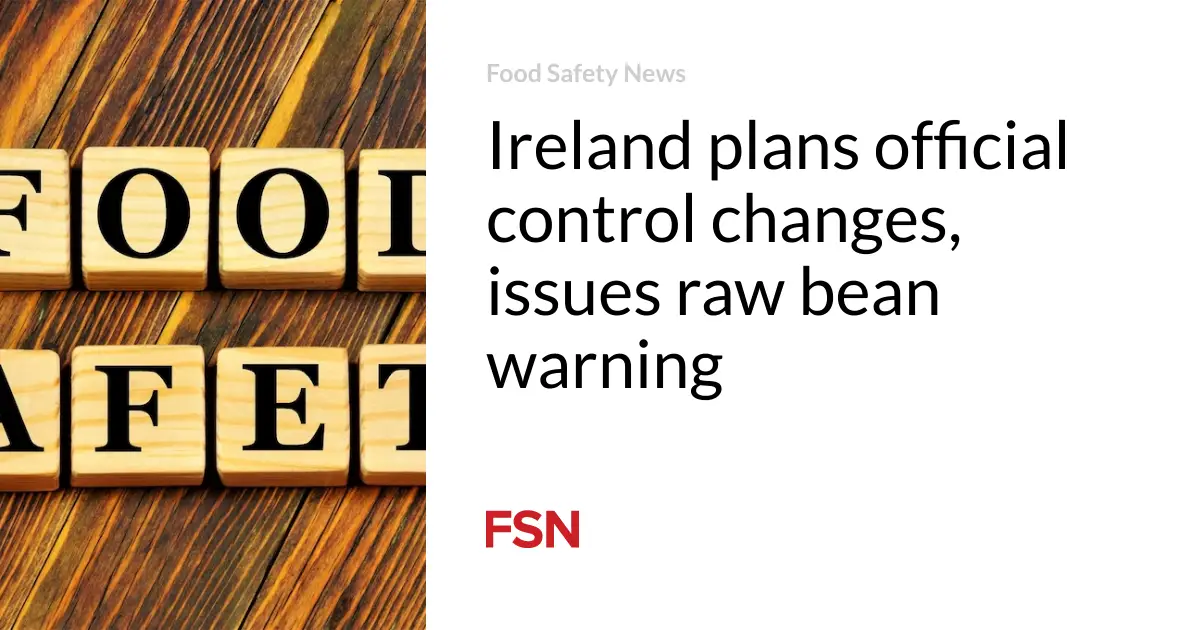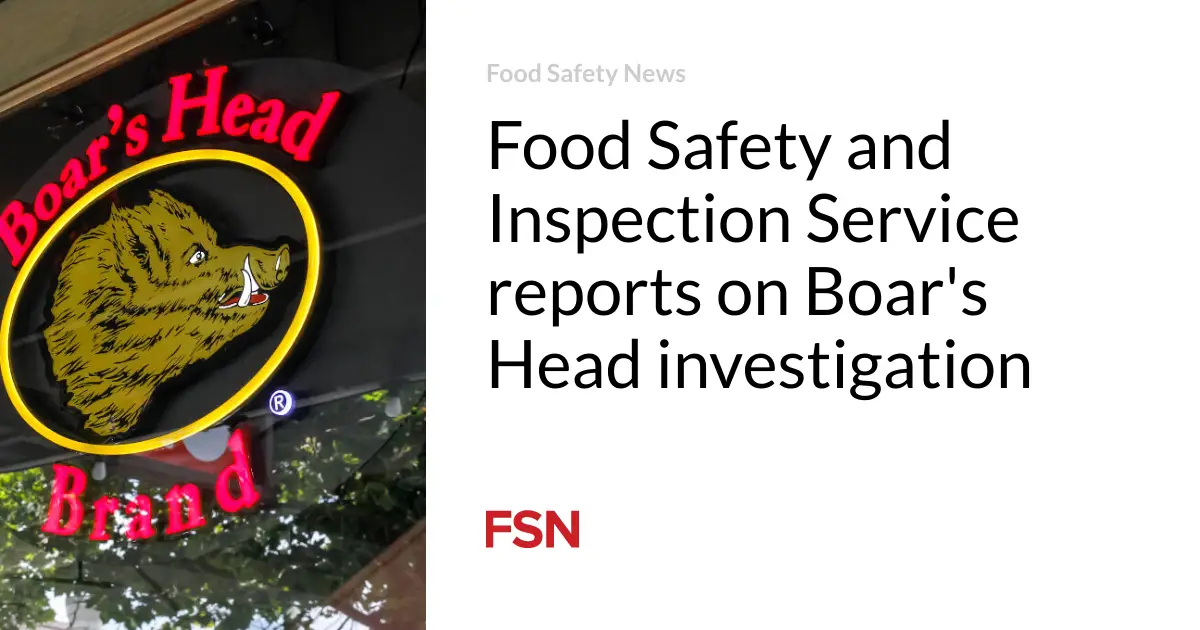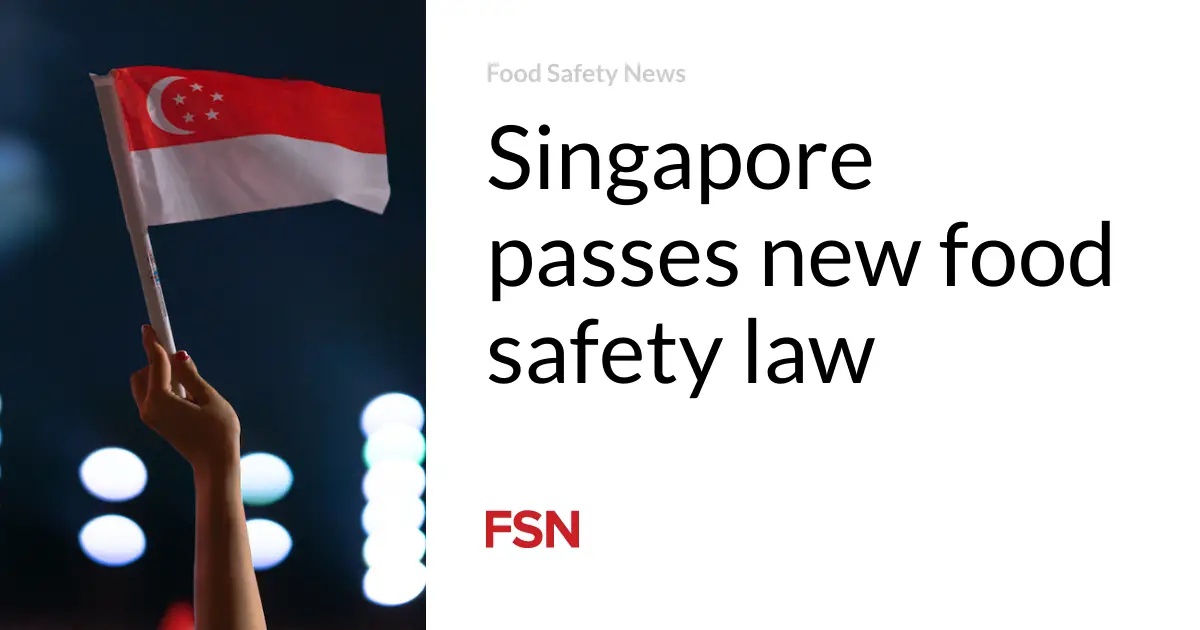
Ireland is to change who conducts certain official food controls to make the most of available resources.
Official controls currently undertaken by the Local Authority Veterinary Service (LAVS) will be transferred to the Department of Agriculture, Food, and the Marine (DAFM). The transition is expected to be completed in quarter four of 2024.
At a cabinet meeting, the Government agreed to transfer funding from the Department of Health and relevant staff resources from local authorities to DAFM.
A single-control system
Charlie McConalogue, Minister for Agriculture, Food and Marine, thanked all departments, local authorities, and the Food Safety Authority of Ireland (FSAI) for their efforts.
“Food safety controls are a key element in ensuring safety and quality in our food chain. Moving to a single food safety veterinary control system for food inspections in Ireland will bring synergies and help optimize how we utilize our resources in this area,” he said.
Officials said they are “committed to ensuring a seamless transfer process” and maintaining continuity in essential services. This will include engagement with those currently doing the role and the Forsa trade union representing them.
The aim is that official controls on food safety in small meat businesses, currently undertaken by the Local Authority Veterinary Service, will continue without disrupting the company and without reducing the level of consumer protection.
Stephen Donnelly, Minister for Health, said: “The Local Authority Veterinary Service has contributed to public health protection through food safety controls. I very much welcome the cross-government approach in progressing the transfer of these functions, which will deliver efficiencies and ensure that public health remains at the forefront of this service.”
Raw bean warning
FSAI has also warned about a “low, but persistent, number of foodborne infections” related to raw or uncooked beans at the European level.
These illnesses relate to the presence of naturally occurring lectins in some fresh and dried bean varieties. Lectins are proteins found in many plants. However, legumes such as green beans, lentils, peas, kidney beans, French beans, and sugar snap peas contain the highest amounts. Among the lectins known to have toxic effects is phytohaemagglutinin.
In 2023, 10 people were sick in a lectins outbreak in Denmark after eating chili con carne with beans. In 2022, causes such as histamine or lectins were linked to 12 outbreaks in Sweden, with 68 patients.
When preparing dried beans, consumers should follow the manufacturer’s instructions. In the absence of cooking instructions, dried beans should be soaked for at least 12 hours. The water used for soaking should be discarded, and freshwater should be used for the cooking step. Beans should then be boiled for at least 30 minutes before eating them.
Fresh beans should be rinsed thoroughly in fresh water and cooked or boiled for 10 minutes before eating. Canned beans or beans in jars have been fully cooked, which ensures lectins are destroyed.
Symptoms include nausea, vomiting, and diarrhea within one to three hours of eating the uncooked or insufficiently prepared legumes.
Dr. Pamela Byrne, FSAI chief executive, said illness linked to lectins has become an issue across several EU countries in recent years.
“This may be linked to an increase in the consumption of raw vegetables, as some people seek a more plant-based diet. While legumes are a nutritious food, eating them raw or undercooked should be avoided due to the presence of lectins. The severity of illness depends on the type of lectin consumed, the amount consumed, and an individual’s sensitivity to that type of lectin,” she said.
(To sign up for a free subscription to Food Safety News, click here.)






